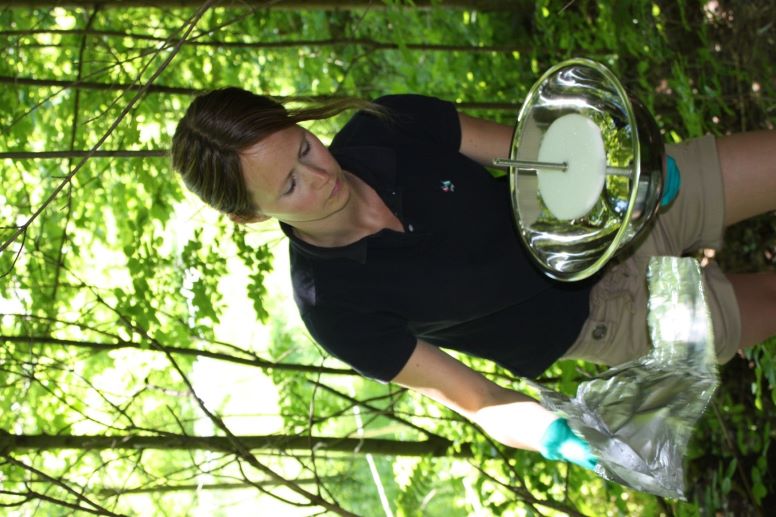The Disputation will be live streamed for everyone else.
The livestream will be activated 15 minutes before the Defense starts.
Trial lecture
October 25th, 13:00 PM, Auditorium 2, Chemistry building
Trial lecture title:
“Mercury pathways from sources to ecosystems and humans – past, present and future”
Kreeringssammendrag/Conferral summary
Til tross for lavere utslipp av regulerte miljøgifter, kan både de og stoffer som lages for å erstatte dem utgjøre en risiko for mennesker og miljø. I dette arbeidet har forekomsten av utvalgte miljøgifter blitt undersøkt i luftprøver fra avsidesliggende områder i Norge og Europa. Fokus har vært på å vurdere hvorvidt nivåene i lufta er påvirket av nye eller historiske utslipp, enten lokalt eller tilført langveisfra.
Main research findings
Persistent Organic Pollutants (POPs) are chemicals that have harmful impact on human health and the environment. POPs are now regulated but were previously widely used in different applications as additives in products and as pesticides. Despite emission reductions, possible unintentional emissions may persist. Also, alternative chemicals have been introduced, which may have similar properties to POPs.
In this work, European air samples from 2016 were used to investigate the occurrence, distribution and sources of POPs and the replacement chemical dechlorane plus. The emphasis was on Norway and the Arctic. The investigation was done by combining analysis data from a national and regional sampling campaign with data from source-receptor models.
The study showed higher concentrations of most POPs and dechlorane plus in densely populated regions in Europe, than in the more remote regions. The occurrence of POPs in remote regions supports their potential to travel far from their source of origin. Re-emissions from previously contaminated surface media were shown to affect the concentrations of most POPs across the region, while ongoing emissions were indicated for dechlorane plus and the byproduct PCB-11 (3,3’-dichlorobiphenyl). Hexachlorobenzene differed from the other POPs with higher concentrations at northern latitudes than southern-, and with higher concentrations compared to a similar campaign from 2006.

Candidate contact information
ResearchGate: https://www.researchgate.net/profile/Helene-Lunder-Halvorsen
Email: hlu@nilu.no
